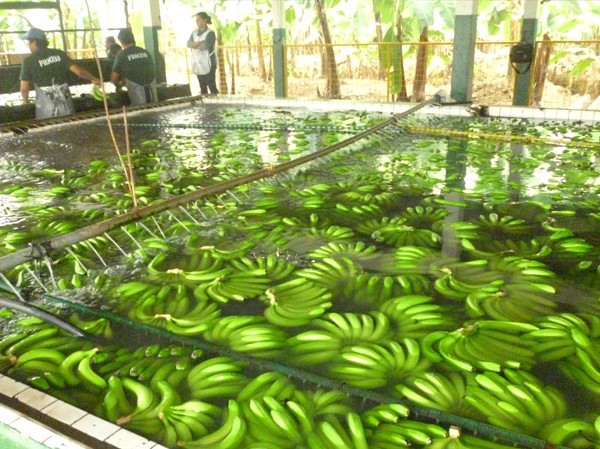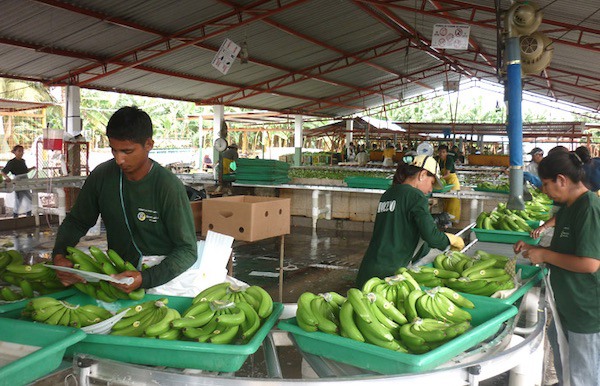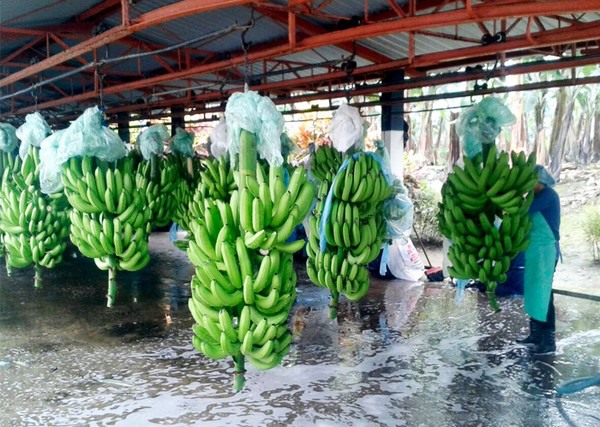2022 could be a bit of a time of reckoning for the banana industry.
“We’re facing several situations right now,” says Hugo Castro of GinaFruit. And this starts with logistics in which freight rates have doubled, even tripled in some cases. “There are also a lot of limitations on the availability of containers or space on a weekly basis. The ease that we had in the past to get space is not there now because there are so many restrictions.”

In fact, Castro notes oftentimes when requesting space, shippers may get only 40-50 percent of the volume requested. “In our case we have been dealing on a CIF basis for many years so we have control on the shipping spaces, schedules and costs. This has been a plus in this year. The ones mainly affected have been FOB businesses,” he adds.
Changes in pesticide requirements
Then there are mandates around chemicals or pesticides used on bananas. “Europe for example is canceling a lot of the chemical molecules we use to battle fungus or diseases. It takes time to implement these changes in real life and it also affects total production,” says Castro. “With the new chemicals, the amount of damage to the fruit is higher so the amount of waste increases from two to three percent to eight percent. There’s a lot of fruit that’s good but because of the appearance cannot be exported.”

Inflation is another concern for growers and sellers worldwide. “The last calculation I made was that the carton price has increased by 85 percent from the beginning of the year. Except for bananas themselves, cartons are the most expensive direct cost we have as exporters and the increase is uncontrollable,” Castro says. Accessing cartons has also its own subset of issues given shipping boxes from factories are also delayed due to logistics, both in shipping completed boxes from factories to importers, as well as raw materials to the factories to manufacture cartons. “The factories say they usually have three months of raw materials and now they have two weeks worth only,” he says.
Pricing pressure
All of this in turn is pressuring pricing on bananas, the lowest cost fruit in the world, to come up. “The increase on pricing is quite substantial and all the players in the industry are nervous about what to do. Do we gamble on the spot market? Do we secure everything on contract?” Castro says. “Bananas will no longer cost what they cost before.”
This leaves those in the banana industry wondering about how consumers will react to price increases. “Will they buy more bananas? Will they lower their consumption and substitute other products? I don’t think so because we continue to be the cheapest fruit. But there’s a lot of uncertainty affecting decisions that need to be made for 2022 programs,” says Castro.

As for supplies of bananas currently, production out of Ecuador has been down this year. “It’s been colder in Ecuador and there’s been less sunlight so production has not been high,” he says. “In some sense, it has been good for us because now we don’t need bananas in the system.”
All of this means the banana industry is at an inflection point. “There will be a total change in the industry on how we handle and trade bananas because it will no longer be the way we used to trade,” Castro says.
 For more information:
For more information:
Hugo Castro
GinaFruit
Tel: +593 999423369
[email protected]
www.ginafruit.com.ec
